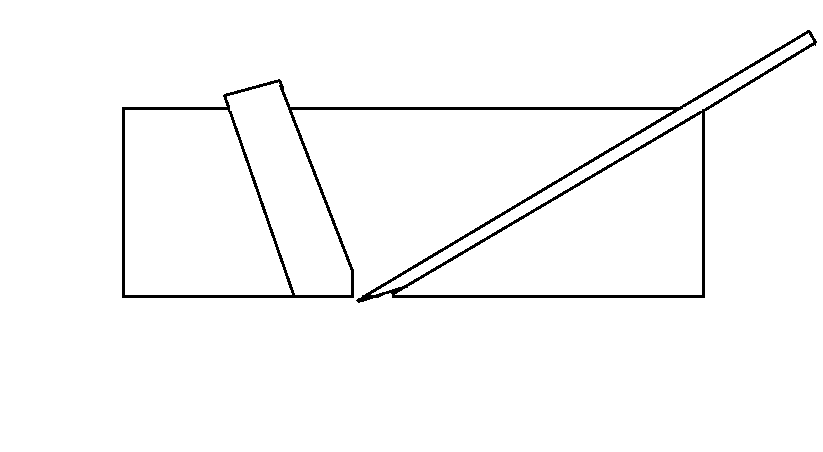richarnold
Established Member
While I was at the last David Stanley auction, One of the dealers I know offered me a plane that he had thought I might be interested in . I think I have gained a reputation for taking on old wooden planes that any right minded dealer would consider ready for the scrap heap, and this sorry example certainly fell in to this category. Had it not been such a rare plane I’m sure it would have been broken down for spares. Wooden mtire planes are rare beasts at the best of times, but this example had an unusual feature that made it even more important to rescue. The boxwood mouth closer is usually formed with a slight taper so that when it is driven down into the plane it tightens up due to the wedging action. In this example the insert is parallel and has a brass insert fitted with a cheese headed locking bolt. This engages into a captive steel nut which has been inserted into a mortice formed in the top of the stock. This has been neatly plugged over with a matching piece of beech. The maker of the plane is John Griffiths of Norwich, and apparently there have been two other examples by this maker found with the same feature.




Unfortunately at some time the plane must have stood in a damp location as the sole had suffered from wet rot at some point. It was also worm eaten at the heel of the stock. To add insult to injury, someone had run the sole and the sides over a surfacer!! I decided that the best way to rescue this plane was to graft new sides and base to the body using wood from an old jack plane. I managed to preserve the chamfers from the donor plane for the front end and the top, so it was only the rear that needed re working. The original uncut Sorby iron was badly pitted, but I’m slowly getting it back to a usable condition. All in all I think it was worth saving








Unfortunately at some time the plane must have stood in a damp location as the sole had suffered from wet rot at some point. It was also worm eaten at the heel of the stock. To add insult to injury, someone had run the sole and the sides over a surfacer!! I decided that the best way to rescue this plane was to graft new sides and base to the body using wood from an old jack plane. I managed to preserve the chamfers from the donor plane for the front end and the top, so it was only the rear that needed re working. The original uncut Sorby iron was badly pitted, but I’m slowly getting it back to a usable condition. All in all I think it was worth saving





















